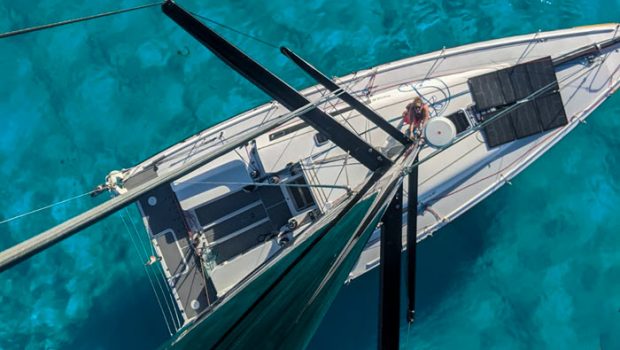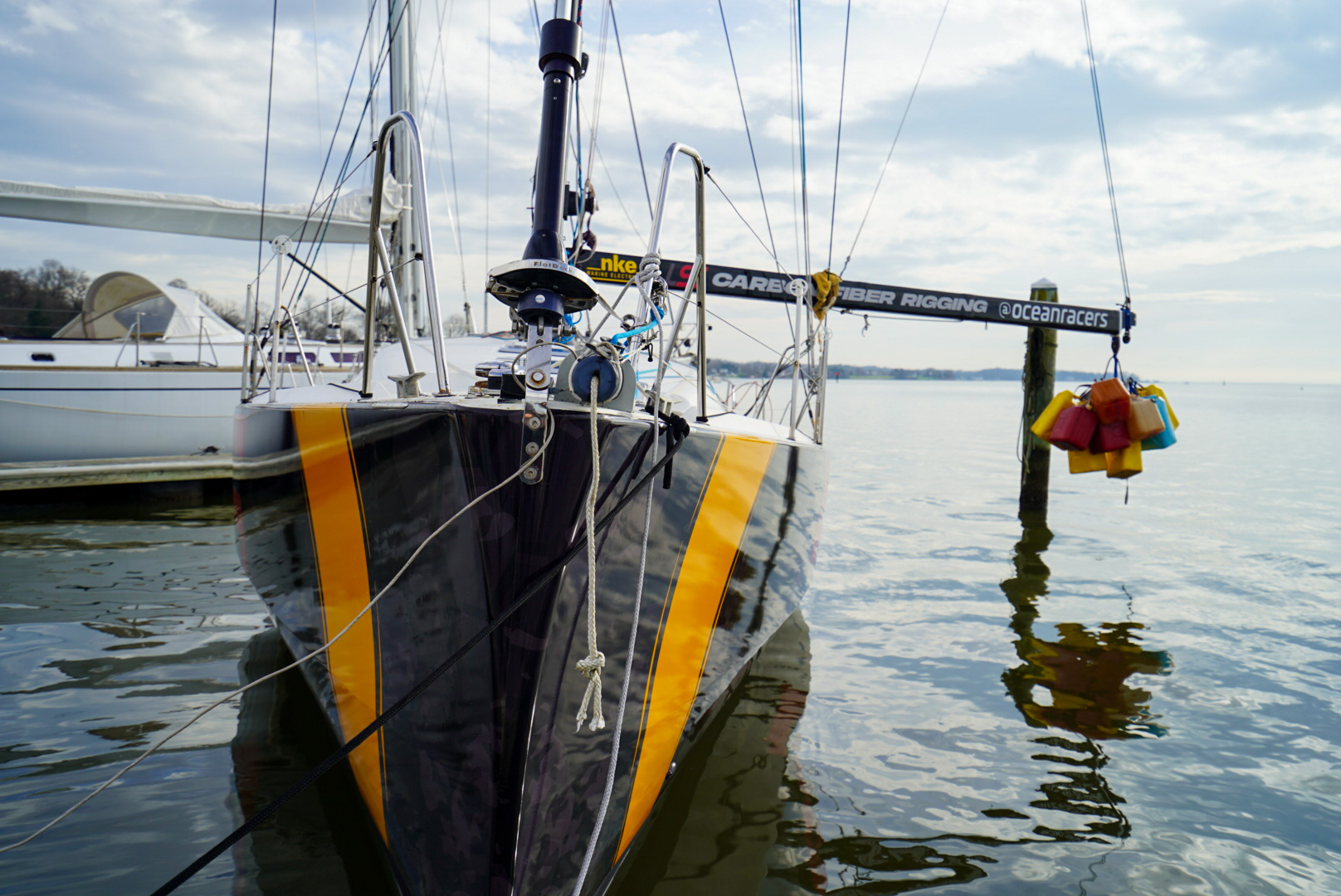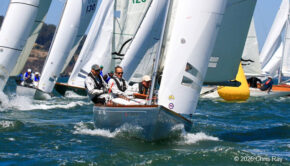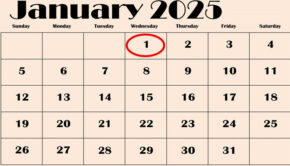The Case for Carbon Rigging
Published on April 28th, 2021
Meg Reilly is a circumnavigator, who manages the Ocean Racers training and racing program onboard her Pogo 12.50, Hermes. Recently, the team upgraded their standing rigging in partnership with the new US-based carbon rigging company, Light Speed Rigging, and Meg details the experience:
Every year we assess potential upgrades to make our Pogo 12.50, Hermes, more turbo-charged. We have already added running backstays, masthead kites, a nke regatta compass, and a Fractional Code 0 just to name a few… so the next dream upgrade was carbon fiber rigging.
But the myths surrounding carbon fiber rigging kept us from realistically considering it as an option previously. Like many, we thought carbon rigging was too fragile, too expensive, or not worth the rating hit. But after doing some research and linking up with Light Speed Rigging, we finally found the facts and carbon rigging that would be the right choice for us.
Ultimately, we chose LS Carbon rigging — which was just slightly more expensive than Future Fibre’s entry-level ECthree — however offered much better performance in terms of weight and size of the cables. Durability was one of our biggest concerns, and LS Carbon’s unique cable construction proved to be up for the job.
Here’s our experience after getting official endorsed rating measurements and logging about 3,000-NM with our new LS Carbon rigging. SPOILER ALERT: HAPPY CARBON CONVERTS AHEAD!
Rating
Right before the new carbon rigging and our mast were re-installed, the entire rig was weighed for rating measurements. In switching to LS carbon rigging from dyform wire rigging, we saved 55 lbs in rigging weight. That’s a lot when it comes to performance, especially losing weight aloft.
From 2020 to 2021, there was no change in our IRC rating: 1.177, despite the change in rigging. Our ORC rating change actually turned out slightly more favorable in 2021, but only by .4%. So there was virtually no rating change due to carbon rigging.
It is worth noting that rating measurements are subject to marginal error; in addition, rating rules and calculations can change by year. Without official measurements, a carbon fiber rigging penalty can be applied — so we are happy with the results gained from the endorsed rating process.
Stability
The 55 lbs we lost off our rig was the equivalent of adding a near 200 lbs to our keel! Less weight aloft translates to more righting moment from the keel, resulting in better stability under sail and less pitching at anchor.
ORC measures stability in a way that is different from IRC, and is not exactly accurate for the planing hull shape of our Pogo 12.50. Nevertheless, our stability measurements after switching to carbon rigging did improve by several points according to ORC. For some boats, this could mean the difference of qualifying or not for ocean races like Newport Bermuda and Sydney Hobart Race.
Performance
Practically, we have definitely noticed a difference in the boat’s performance, which is why this all matters. Our reefing points have increased by several knots. We have been able to keep our J1 and full main up to 20 kts, when we would have previously reefed or switched to a staysail.
When overpowered in a gust, the boat would usually round-up, but now recovers much more efficiently. Less weight aloft provides more power to the keel and rudders for steering and stability. As a driver, I absolutely felt better control in heavy conditions, as the boat appeared to be more reactive to the tiller.
Overall, the boat feels lighter and more responsive. The ability to hold full sails up to 20 kts will provide great gains in the Caribbean races that are usually blessed by 15-20 kt tradewind breeze. We look forward to putting theory to practice in the next regatta season!
Value
We race Hermes hard like her Class 40 cousins, and in normal years will log 10,000+ NM. In our 5 years of ownership, we’ve already had to replace the wire rigging once. Switching to carbon rigging means we can rely on rigging that will last as long as our carbon fiber mast.
We determined the investment and cost of ownership over LS Carbon rigging’s lifetime is far lower than other performance rigging alternatives like rod, PBO, and even other carbon fiber rigging. The estimated lifespan of carbon rigging is 15 years, compared to 4-8 years between PBO and rod.
Durability
One feature of LS Carbon that we were particularly drawn to was the impact-resistant build structure of the rigging cable. Behaving and manufactured more like a rope, LS Carbon is one thread of carbon fiber continuously wound, and then bonded with a Technora chafe-resistant fiber blend and UV-stable resin.
The cable is cured at the factory, and arrives coiled, showcasing the product’s flexible finish. When uncoiled, the cables spring back to their straight shape. Since the cable is homogenous, solid carbon, the individual fibers move together in uniform load paths that can flex without jeopardizing the structural properties of the cable as a whole.
Contrary to popular belief, this carbon rigging can be man-handled, and is even appropriate for forestays with sail hank systems. Our first foray into carbon rigging was our LS Carbon inner forestay, which proved its might in the Gulf Stream withstanding 30+ kts with the staysail powered up in big seas last October.
By our next Gulf Stream passage in January, and again back in March, we had installed LS Carbon side rigging, and blasted through 25-30 kts power reaching with J1, Reef 1 Mainsail, doing 15+ knots SOG. Proof this rigging can surely handle a beating.
Conclusion
When you run the numbers, there is really no reason not to go carbon. While the market price for LS Carbon side rigging on our 40ft racer-cruiser landed somewhere between rod and PBO, carbon has double the lifespan, so we believe it was a smart investment overall.
We look forward to unpacking some more data as we get back into racing, hopefully as soon as this summer in the Annapolis to Newport Ocean Race. Until then, we will keep sailing hard and logging more ocean miles on our LS Carbon rigging.
Follow the Ocean Racers team for more updates on their program on Facebook and instagram @oceanracers.










 We’ll keep your information safe.
We’ll keep your information safe.